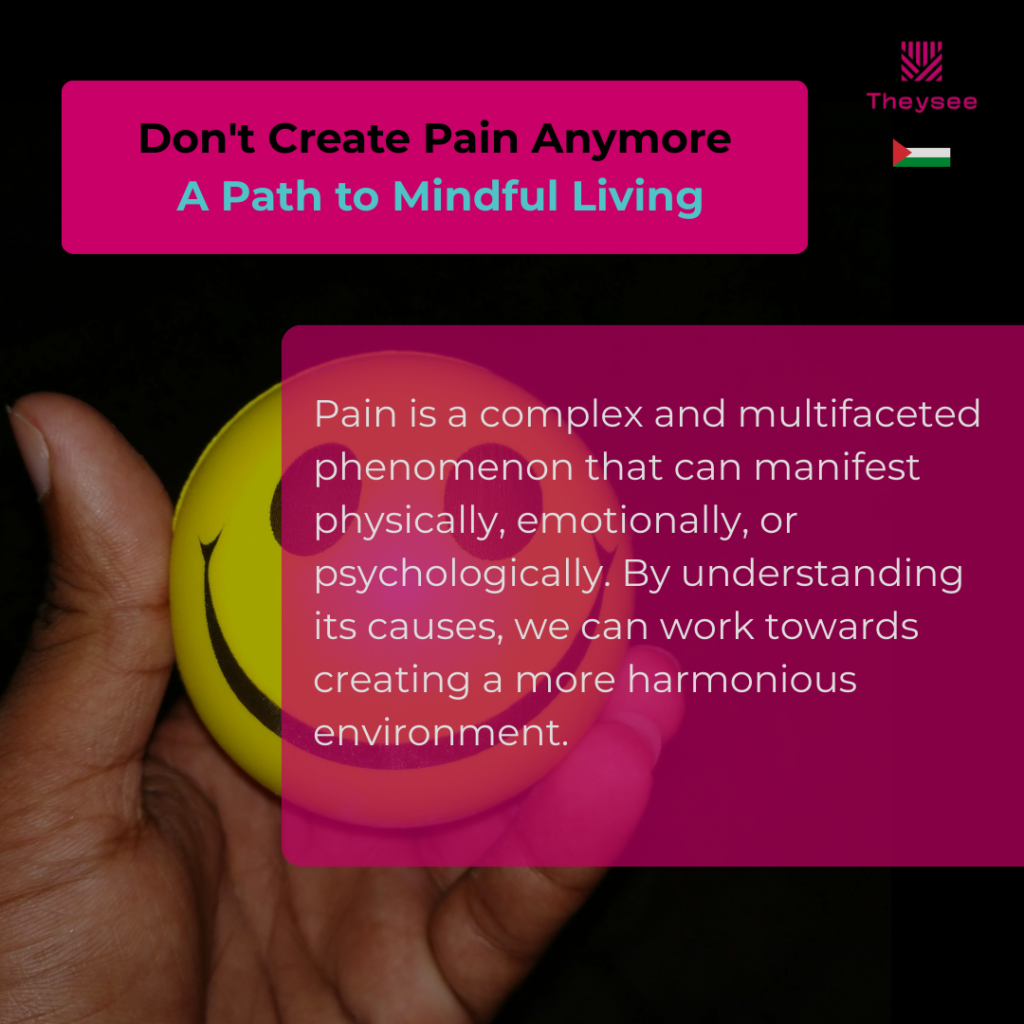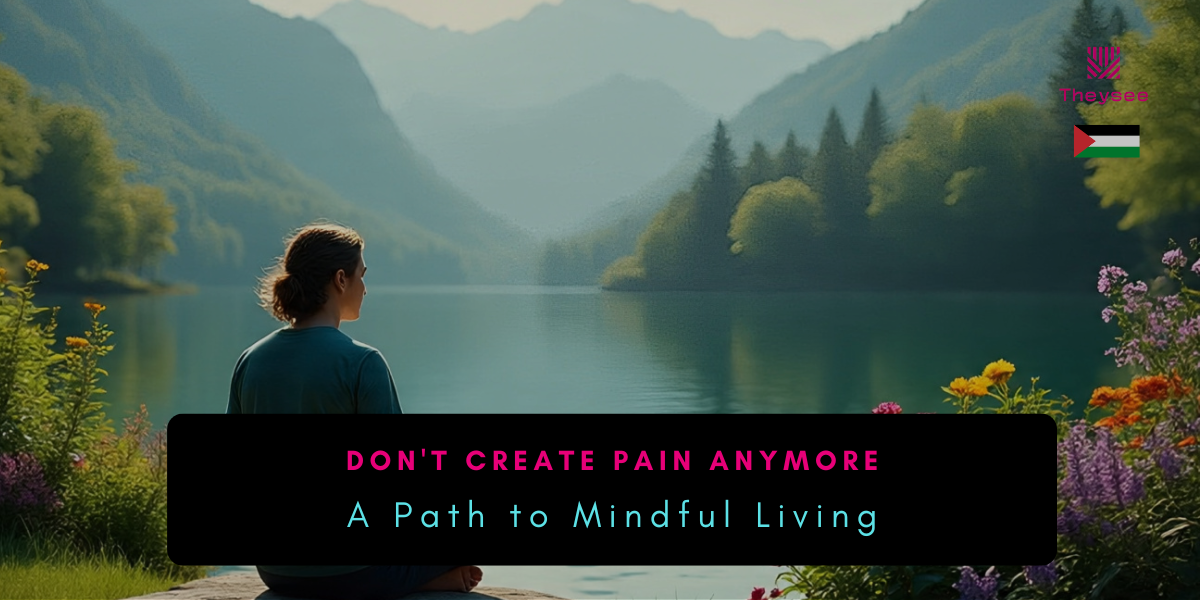In a world where stress and anxiety seem to be an integral part of daily life, it’s essential to take a step back and reassess our actions and their impact on ourselves and others. The phrase “Don’t create pain anymore” is a powerful reminder of the importance of mindfulness and compassion in our interactions. This blog post will explore the concept of pain, its causes, and how we can work towards creating a more harmonious and peaceful environment.
Pain is an inevitable part of life, and it’s essential to understand its complexities to navigate its challenges effectively. By acknowledging the multifaceted nature of pain, we can begin to develop strategies to mitigate its impact and cultivate a more compassionate and empathetic approach to life.
Understanding Pain
Pain is a complex and multifaceted phenomenon that can manifest physically, emotionally, or psychologically. According to the International Association for the Study of Pain (IASP), pain is defined as
An unpleasant sensory and emotional experience associated with actual or potential tissue damage ~ IASP, 2020
However, pain can also be caused by non-physical factors such as stress, anxiety, and trauma. Chronic pain, in particular, can have a profound impact on an individual’s quality of life, affecting not only their physical well-being but also their mental health and relationships. It’s essential to recognize the intricate relationship between physical and emotional pain to develop effective strategies for managing and alleviating suffering.

Causes of Pain
There are numerous causes of pain, including:
- Physical injury or trauma
- Chronic illnesses such as arthritis or fibromyalgia
- Emotional trauma or stress
- Mental health conditions such as depression or anxiety disorders
- Social and environmental factors such as poverty, abuse, or neglect
Understanding the root causes of pain is crucial in developing targeted interventions and strategies for mitigation. By acknowledging the complex interplay between physical, emotional, and environmental factors, we can begin to cultivate a more holistic approach to pain management.
Breaking the Cycle of Pain
So, how can we work towards creating a world where pain is minimized? Here are a few strategies:
- Practice Mindfulness and Self-Compassion: By being more aware of our thoughts and actions, we can reduce the likelihood of causing harm to ourselves and others. Mindfulness practices such as meditation and deep breathing can help cultivate a greater sense of self-awareness and compassion.
- Cultivate Empathy and Understanding: By putting ourselves in others’ shoes, we can better understand their experiences and respond in a more compassionate manner. Empathy is a critical component of building strong, supportive relationships and fostering a sense of community.
- Engage in Activities that Promote Relaxation and Stress Reduction: Activities such as yoga, tai chi, or walking can help reduce stress and anxiety, promoting a sense of calm and well-being.
In addition to these strategies, it’s essential to prioritize self-care and engage in activities that bring joy and fulfillment. By focusing on positive experiences and relationships, we can begin to shift our perspective and cultivate a more optimistic outlook.
The Power of Mindfulness
Mindfulness is a powerful tool in the pursuit of pain reduction and overall well-being. By cultivating a greater sense of awareness and acceptance, we can begin to transform our relationship with pain. Mindfulness practices such as meditation and deep breathing can help reduce stress and anxiety, promoting a sense of calm and relaxation.
According to Jon Kabat-Zinn, a renowned mindfulness expert
Mindfulness is the awareness that arises through paying attention on purpose, in the present moment, and non-judgmentally to the current experience ~ Kabat-Zinn, 2003
By embracing this mindset, we can begin to develop a greater sense of self-awareness and compassion, ultimately reducing the suffering of ourselves and others.
Building Resilience
Resilience is a critical component of navigating the challenges of pain and adversity. By developing coping strategies and support networks, we can build our capacity to withstand and adapt to difficult situations. Resilience is not about avoiding pain or adversity but rather learning to navigate its complexities with greater ease and compassion.
According to Dr. Daniel Goleman, a renowned expert in emotional intelligence.
Resilience is the ability to bounce back from adversity, trauma, tragedy, or stress ~ Goleman, 2006
By cultivating resilience, we can develop a greater sense of confidence and self-efficacy, ultimately enhancing our overall well-being.

